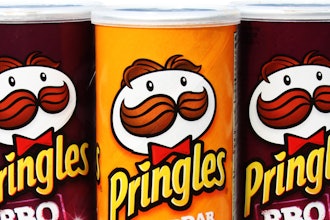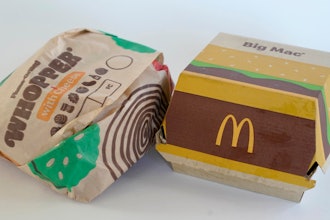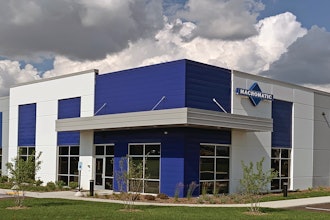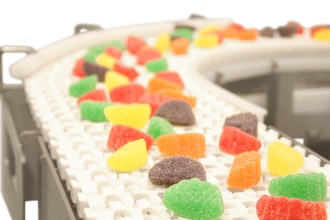
There’s a kernel of wisdom in that old parental admonition: clean your dinner plate because there are children starving in Africa. By 2050, we’ll need to increase world food production by about 70 percent to feed an estimated 9 billion people, according to a recent report by the Food and Agriculture Organization.
Yet what’s rarely discussed is that more than a third of the food produced in the world — 1.3 billion tons per year — never finds its way into anyone’s stomach. It can rot in the field, go bad during processing, spoil at the grocery store or get tossed in the garbage by the consumer. For food producers, processors and manufacturers with the foresight and ingenuity to tackle this problem, there is more than a cautionary tale here — there is real business opportunity.
Most of the world’s arable land is already in production, so avoiding food waste from farm to fork will be a lynchpin in meeting global food security challenges. And packaging has a key role to play as food exporting becomes ever more ubiquitous.
In the not-too-distant future, the center of gravity of world food demand will move from the U.S and Europe to the increasingly richer consumers in China and India in particular, and smart, lightweight packaging will have a key role in tapping those markets from abroad.
Other factors will affect the availability of safe and nutritious food in the developing world, including an expected explosion in city dwelling, as researched and reported in Tetra Pak Magazine No. 101 – Food Waste. Roughly 40 percent of Asians and Africans live in cities now, as compared with 70 percent in the U.S. and other industrialized countries. But they’re urbanizing fast, and in total, 50 percent of the world now lives in cities. By 2050, that figure will reach 75 percent.
Since cities tend to be founded in areas where agriculture flourishes, the expansion of existing urban areas will unfortunately take some good cropland out of production, increasing food scarcity. But cities are also a boon in the overall food security equation, as they tend to lower birth rates and increase incomes.
These new city dwellers will depend much more heavily on grocery stores, and present new markets for safe and nutritious food from around the world. Tetra Pak’s aseptic packaging solutions are designed to be lightweight and compact to help increase efficiencies during shipping and on retailer’s shelves, and protect food for up to a year without the need for preservatives or refrigeration. These attributes are key because presently, 30 to 50 percent of the food produced in developing countries becomes unfit for human consumption due to inadequate packaging and distribution, according to World Health Organization (WHO) estimates, as compared with 2 to 3 percent in industrialized countries.
Though packaging is sometimes derided as wasteful, the product waste it saves has been calculated at 10 times greater than the waste it creates.That’s something we should all keep in mind as we set two billion more places at the table by 2050.
As Julian Carroll, former managing director of the European Organization for Packaging and the Environment, noted, “Packaging is, by far, the lowest hanging fruit we have as we seek as we provide for the world.”
Suley Muratoglu, vice president, Marketing & Product Management, Tetra Pak Inc. U.S & Canada, currently runs the company’s presence in core categories, including dairy, beverage and food. Tetra Pak is the world's leading food processing and packaging solutions company.























